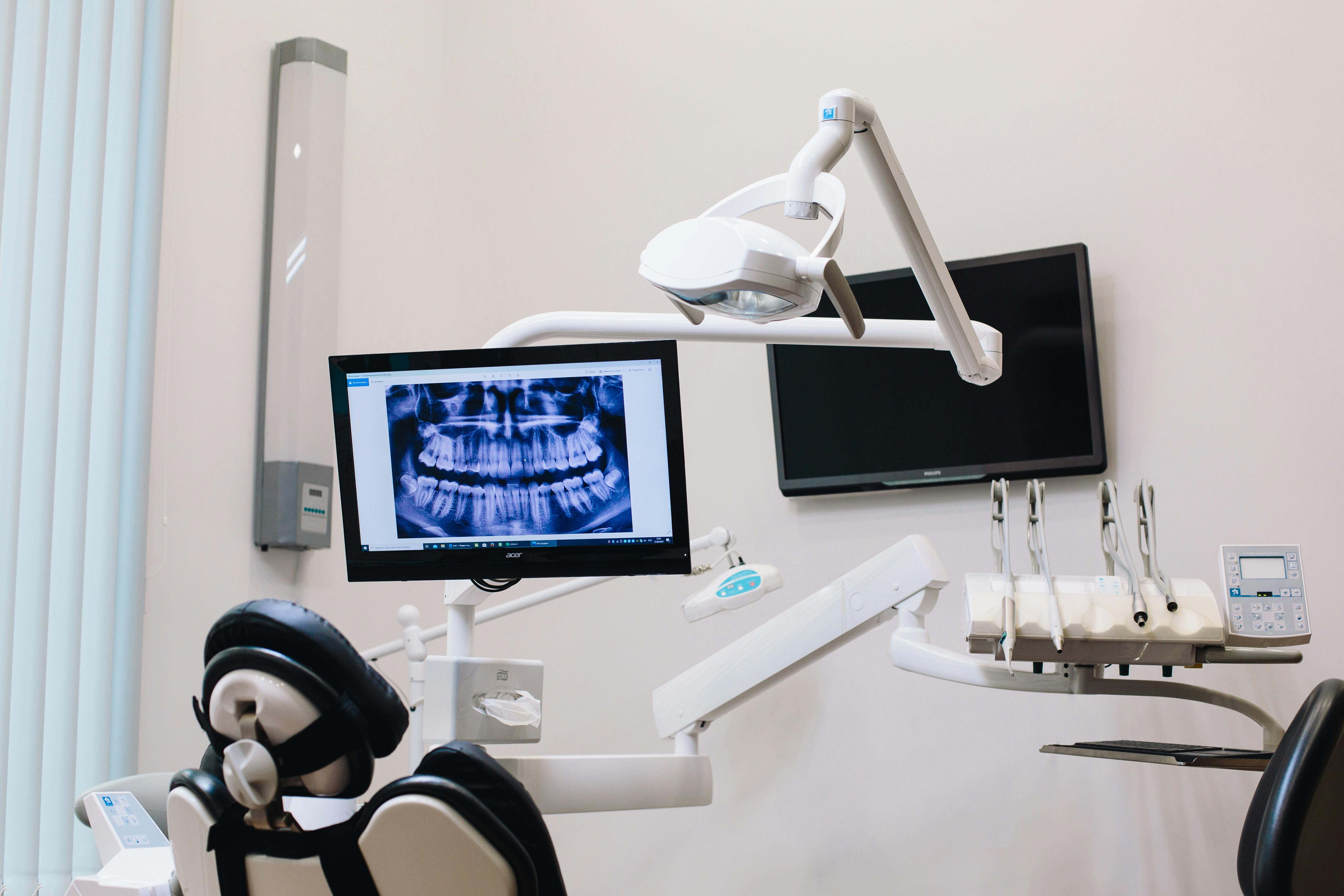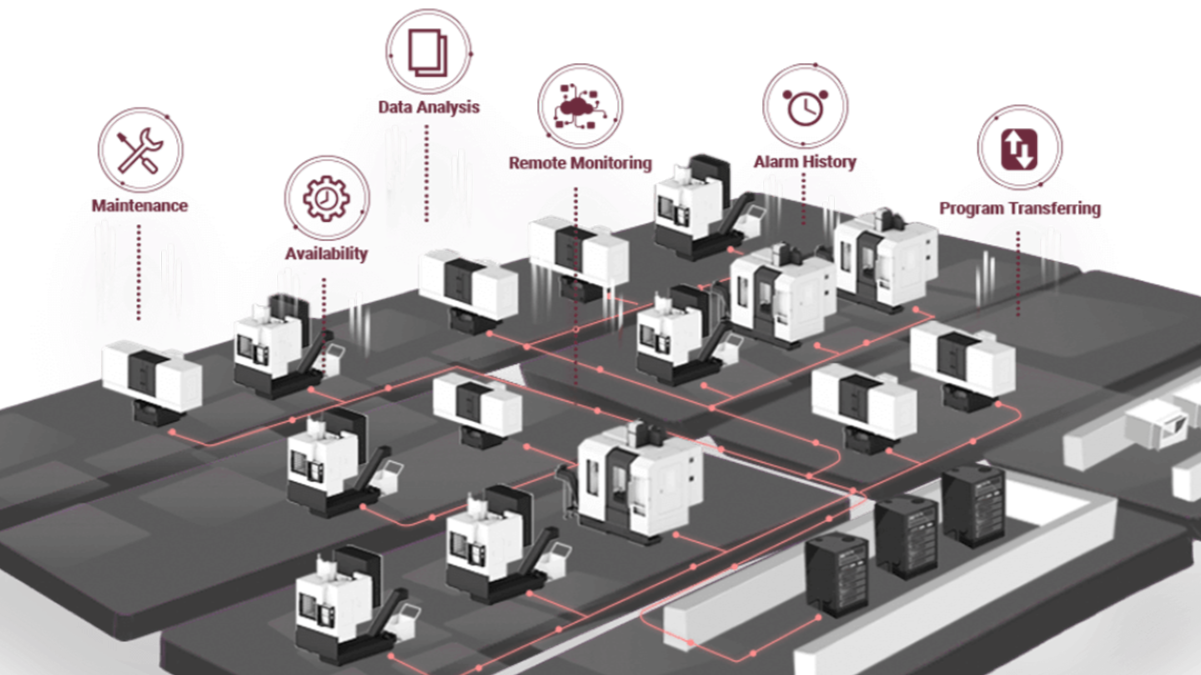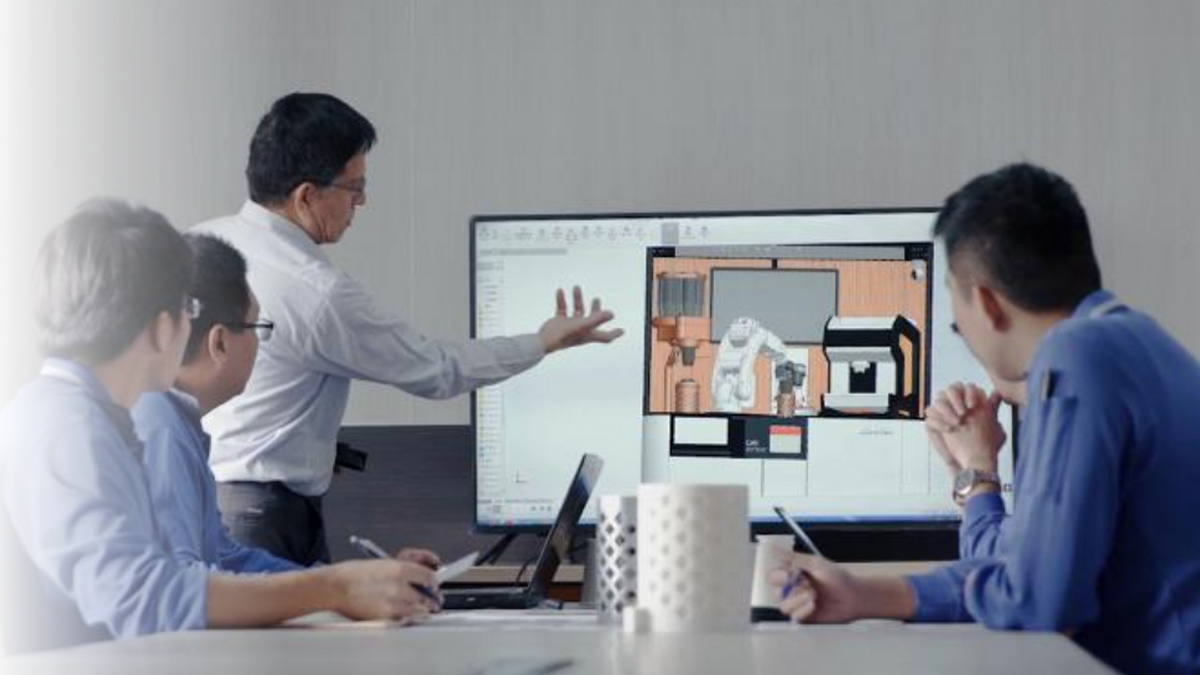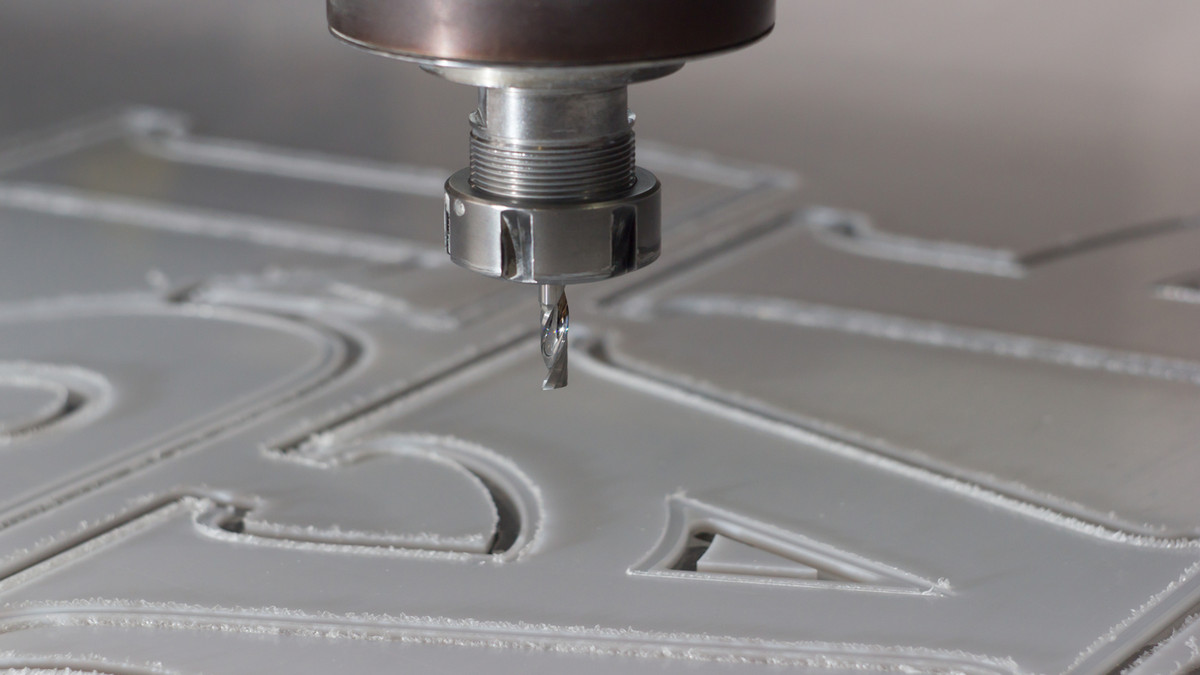- Showing results for
- Automation & Equipment
In the world of precision manufacturing, every minute detail can determine the quality of the final product. The chuck is a critical yet often overlooked component—it's not just a tool for holding a workpiece, but the very heart of ensuring machining accuracy, efficiency, and safety. This article will take you on a deep dive into the diverse universe of chucks, covering their operating principles, design philosophies, common types, and how to select the right jaws and chucks for different needs. Whether you're new to the industry or a seasoned engineer, this guide will unlock the intricate secrets of chucks, helping you master every detail on your path to manufacturing success.
2025-08-27 13:45:13
CNC technology is an automated system that precisely controls machinery through computer programs, widely applied across various manufacturing sectors. The robotic arm industry encompasses both industrial uses (such as assembly and welding) and service applications (such as latte art or maintenance). In Japan, for instance, people with disabilities can remotely operate robots from home for work. This industry is visibly experiencing rapid growth. According to 2025 market data, the global robotics market is expected to reach USD 50.8 billion, with service robots accounting for USD 40.58 billion, demonstrating strong growth potential. The application of CNC in the robotic arm industry extends beyond component manufacturing to control systems and versatile task execution.
2025-08-26 09:51:33
As Taiwan’s leading lock designer and manufacturer, SINOX Co., Ltd. continues to broaden its product portfolio, delivering comprehensive security solutions for office equipment, outdoor recreation, travel luggage, and electronic security applications.
2025-08-26 08:41:17
Smart Healthcare has emerged as a key driver of transformation in the global medical industry. At its core, it integrates medical devices, information technology, and data analytics to enhance diagnostic accuracy, treatment efficiency, and real-time health management. The medical device manufacturing value chain not only covers the design and production of precision equipment but also involves sensing technologies, materials engineering, hardware–software integration, and clinical applications—forming a highly specialized and cross-disciplinary ecosystem.
2025-08-22 10:44:06
In the global manufacturing industry’s shift toward Industry 4.0, smart upgrades are no longer optional—they’re essential for staying competitive. At the core of this transformation is the conversion of traditional factories into data-driven, smart ecosystems. This complex undertaking isn’t something companies can tackle alone. A series of policies and international collaborations, from governments’ high-level strategies to industry alliances’ communication standards, are paving the way for smart manufacturing. This allows technologies like remote monitoring and predictive maintenance to move from blueprints to reality more quickly, fundamentally changing how factories operate worldwide.
2025-08-21 16:07:37
The manufacturing world is in the midst of a digital revolution. As Industry 4.0 rapidly evolves, factories are transforming from traditional workshops into interconnected, intelligent ecosystems. This shift is not just about adopting new technology; it's about fundamentally changing how we produce goods. Leading the charge are smart machine tools, which are moving beyond simple automation to become autonomous, data-driven assets. This is where companies like CHEVALIER are making their mark, bridging the gap between hardware excellence and digital innovation to redefine the factory of the future.
2025-08-21 16:03:05
As the global manufacturing and logistics industries rapidly transform toward intelligence and sustainability, intelligent automated warehousing and smart logistics systems have become core technologies enabling enterprises to improve operational efficiency, reduce costs, and enhance market competitiveness. Tailift Co., Ltd., with over 50 years of rich experience, focuses on technological innovation in automated warehousing and logistics systems, continuously providing precise digital transformation solutions to clients across various industries. From high-performance warehouse design to fully automated logistics operations, Tailift is leading technological innovation in the industrial field.
2025-08-20 13:45:41
Amid the global wave of intelligent manufacturing and low-carbon transformation, Yen Shen Electric Industrial Co., Ltd. centers on motor design, drive control, and energy efficiency integration to steadily promote industrial upgrading. Upholding the philosophy of "integration, simplification, and innovation," Yen Shen focuses on synergistic design of motors and controllers, assisting industries to implement high-efficiency, low-energy-consumption intelligent power solutions, offering tangible support for energy-saving manufacturing.
2025-08-20 11:26:33
CNC (Computer Numerical Control) machine tools are automated devices that control machining processes through computer programming. Known for their high efficiency, precision, and stability, they are widely used across industries such as aerospace, automotive, mold making, electronics, medical, and energy. With the rise of Industry 4.0 and smart manufacturing, CNC technology continues to evolve toward multi-axis machining, intelligent control, remote monitoring, and integrated processes. This widespread adoption not only enhances manufacturing performance but also reshapes the workforce, shifting traditional manual skills toward digital operation and system integration—bringing greater production flexibility and competitiveness to businesses.
2025-08-08 16:05:07
On the vast global stage of machine tools, each country distinguishes itself with unique technical strengths. Germany's lathes are renowned for their rugged durability and heavy-duty cutting capabilities, built for stable and demanding applications. Japan, on the other hand, leads the way with its high-speed, high-precision multi-tasking technology, unrivaled in efficiency and meticulous detail. Meanwhile, Switzerland, with its deep-rooted watchmaking craftsmanship, specializes in the precision machining of small, high-end components.
2025-08-08 10:43:02
The traditional manufacturing industry relied on skilled artisans manually operating lathes, meticulously shaping perfect components with hand tools. However, as times have rapidly changed, lathes have evolved from manual machines into automated equipment. Now, instead of manual carving, engineers can produce parts simply by inputting a program. The emergence of big data, AI, and the Internet of Things (IoT) has brought another wave of impact to the industry, signaling that a new manufacturing revolution is on the horizon.
2025-08-08 10:28:10
The food processing industry is embracing automation and AI to boost efficiency, reduce errors, and ensure food safety. From material handling to packaging, smart systems enable stable operations, real-time monitoring, and data traceability—key to meeting market demands and securing global certifications. As more companies adopt AI and visual inspection technologies, the industry is entering a new era of data-driven, ESG-focused transformation.
2025-08-04 14:35:33
Global energy costs continue to rise alongside stricter carbon emission regulations worldwide, motivating manufacturers to pursue sustainability and energy efficiency. Traditional hydraulic systems consume high energy and incur significant operating costs, increasing enterprise burdens and hindering production line modernization. AnyPower Hydraulic Industry Co., Ltd. has independently developed a servo energy-saving hydraulic unit precisely designed to meet these market demands, providing key solutions for partners to achieve energy savings and sustainable growth.
2025-07-31 15:08:41
This article provides a comprehensive overview of coffee robots—automated machines that brew and serve coffee using advanced robotics and artificial intelligence. It outlines their key features, including AI-driven customization, app connectivity, 24/7 efficiency, and diverse drink options. The report also examines their growing impact on the coffee industry, highlighting benefits for both consumers and businesses such as convenience, consistency, and reduced labor costs. Case studies like CafeXbot, Artly Coffee, and Rozum Café illustrate how coffee robots are reshaping the coffee experience and driving market growth worldwide.
2025-07-30 14:49:37
The Tech Industry Is Evolving Toward High Precision, High Speed, and Automation. As high-tech manufacturing advances, especially in sectors like semiconductors, optics, medical parts, and new energy components, the need for high-precision machining and automation continues to grow. These industries demand exceptional dimensional accuracy and machining stability to ensure product reliability and system performance. Modern society's growing reliance on technology fuels increasing demand for everything from consumer electronics to industrial-grade systems. This drives manufacturers to adopt faster, more efficient, and smarter solutions—requiring machining centers that can meet short lead times, flexible production volumes, and tight machining tolerances. Traditional models often struggle under the pressure of today’s precision-driven production requirements.
2025-07-25 17:07:36
The global medical industry is undergoing unprecedented rapid transformation. From traditional standardized equipment, there's a growing urgent demand for high-precision, diversified solutions. Medical devices are rapidly moving towards intelligent, miniaturized, and personalized development, posing more stringent challenges to the reliability and functionality of core components. Cambus Corporation, with its forward-looking strategies and profound technical expertise, is a key technology partner in this wave of medical innovation. Technology trends indicate that future medical devices will continue to demand high integration, high-frequency operation, and high reliability, with market demand rapidly expanding, especially in areas like AI-assisted diagnostics, remote monitoring, and wearable devices.
2025-07-25 15:20:32
In a world where technology continually shapes our daily lives, the coffee catering industry is no exception. Innovation is the key to staying ahead, and LEADER AUTOMATION CO., LTD. is leading the way in the coffee catering industry, specializing in the design and manufacturing of cutting-edge Robotic Coffee Shops, Flower Jelly Printers, and Robotic Bubble Tea Shops.
2024-02-19 16:41:24
In the trend of industrial automation, motion control is a key part of it. Automating operations through machines can avoid a lot of human error, and can also speed up production efficiency and efficiency. How to make the machine act according to the command is the application category of machine motion control.
2023-09-18 15:45:29
The emergence of automation has had a great impact on many industries. Many highly repetitive factory operations may restrict production capacity. With the introduction of Industry 4.0, various technologies have led to the automation of production lines, from the supplying of raw materials, to assembly, distribution, and packaging. People are taking notice of these very important developments, and this article will explore some of these new forms of automation, and the value they bring.
2023-09-15 09:52:37
Hyperautomation is the use of the power of multiple technologies to achieve end-to-end automation. Hyperautomation is the process of continuously integrating automation into an organization's business processes, combining advanced technologies such as robotic process automation (RPA), artificial intelligence, and machine learning to enhance the results of human work. Not only does it automate key processes, but it also builds an automation ecosystem that finds more processes that can be automated without human intervention.
2023-09-15 09:06:39
Agree


.jpg)


點-m-90454917_m.jpg)














